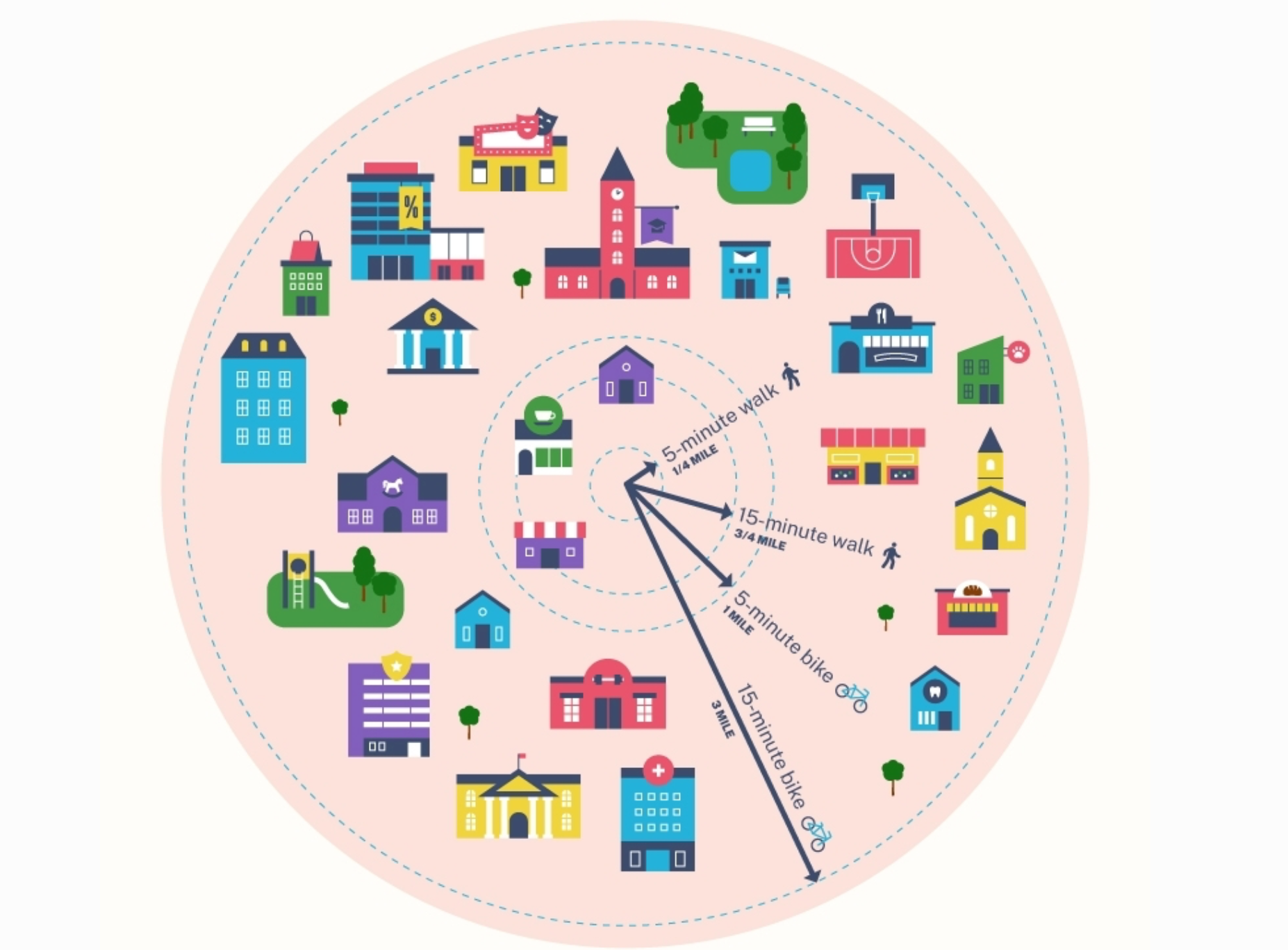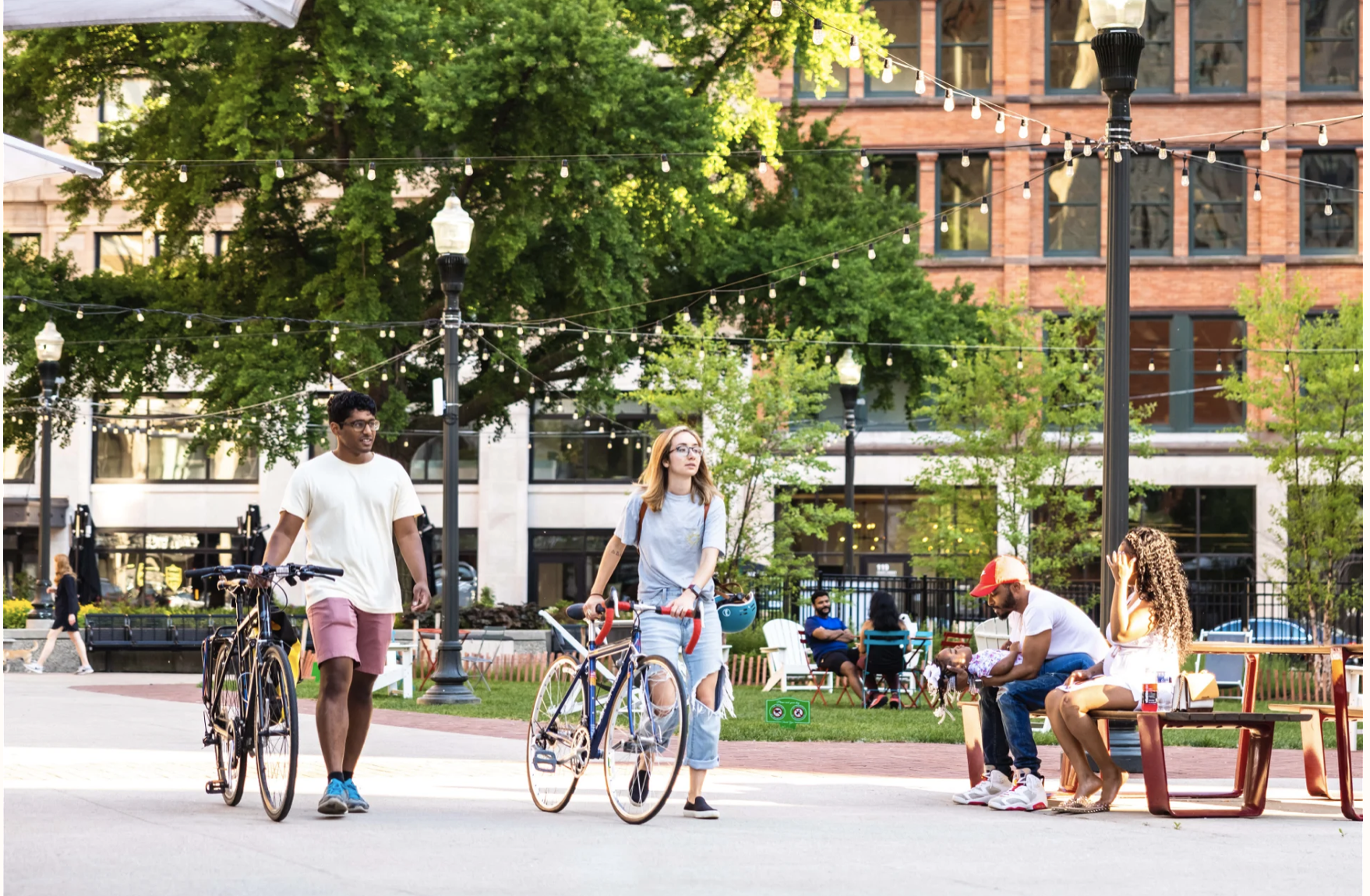Sustainable urban planning is becoming more critical than ever as cities face challenges such as resource depletion, population growth, and environmental degradation. Cities around the world are beginning to adopt a new neighborhood approach called "15-Minute Cities." This innovative concept aims to ensure that most amenities and services are within a 15-minute walking or cycling distance from residents, creating more accessible and sustainable urban environments.
The basic idea behind 15-minute cities is to create neighborhoods where residents can access all essential services, such as schools, healthcare facilities, grocery stores, and entertainment centers, within a 15-minute walking or cycling distance. By doing so, cities can reduce reliance on cars and make public transportation more efficient. It also aims to promote more walkable and bikeable neighborhoods, thus promoting physical activity and reducing carbon emissions.

Paris was the first city to adopt the 15-Minute City concept officially. Mayor Anne Hidalgo's ambitious plan to create the 15-Minute City in Paris involves improving public transportation, building more bike lanes, and introducing areas reserved exclusively for pedestrians. Other cities around the world, like Melbourne, Portland, and Detroit, have already taken similar steps towards creating a more walkable, bikeable, and accessible environment.
Copenhagen is another city that has successfully implemented the 15-minute city concept. The city has been investing in bike infrastructure since the 1970s, and over time, it has become one of the most bike-friendly cities in the world. The city's approach to sustainable urban planning has made it possible for residents to travel anywhere in the city within 15 minutes of bike or public transportation commute.
One of the main advantages of the 15-minute city concept is the promotion of a shared public space, which is inclusive, safe, and accessible to all. Urban planners can design more pedestrian-friendly streets and public spaces that not only promote physical activity but also social interaction. As a result, 15-minute cities can help create stronger and more connected communities.

In conclusion, the 15-minute city concept offers a promising approach to sustainable urban planning. It aims to create more accessible neighborhoods, promote physical activity, reduce reliance on cars, and create stronger communities. As more cities adopt the concept, we can expect to see more livable and sustainable urban environments that meet the needs of both present and future generations. The 15-minute city concept offers a blueprint for cities worldwide to follow as we design cities that are sustainable and livable.




